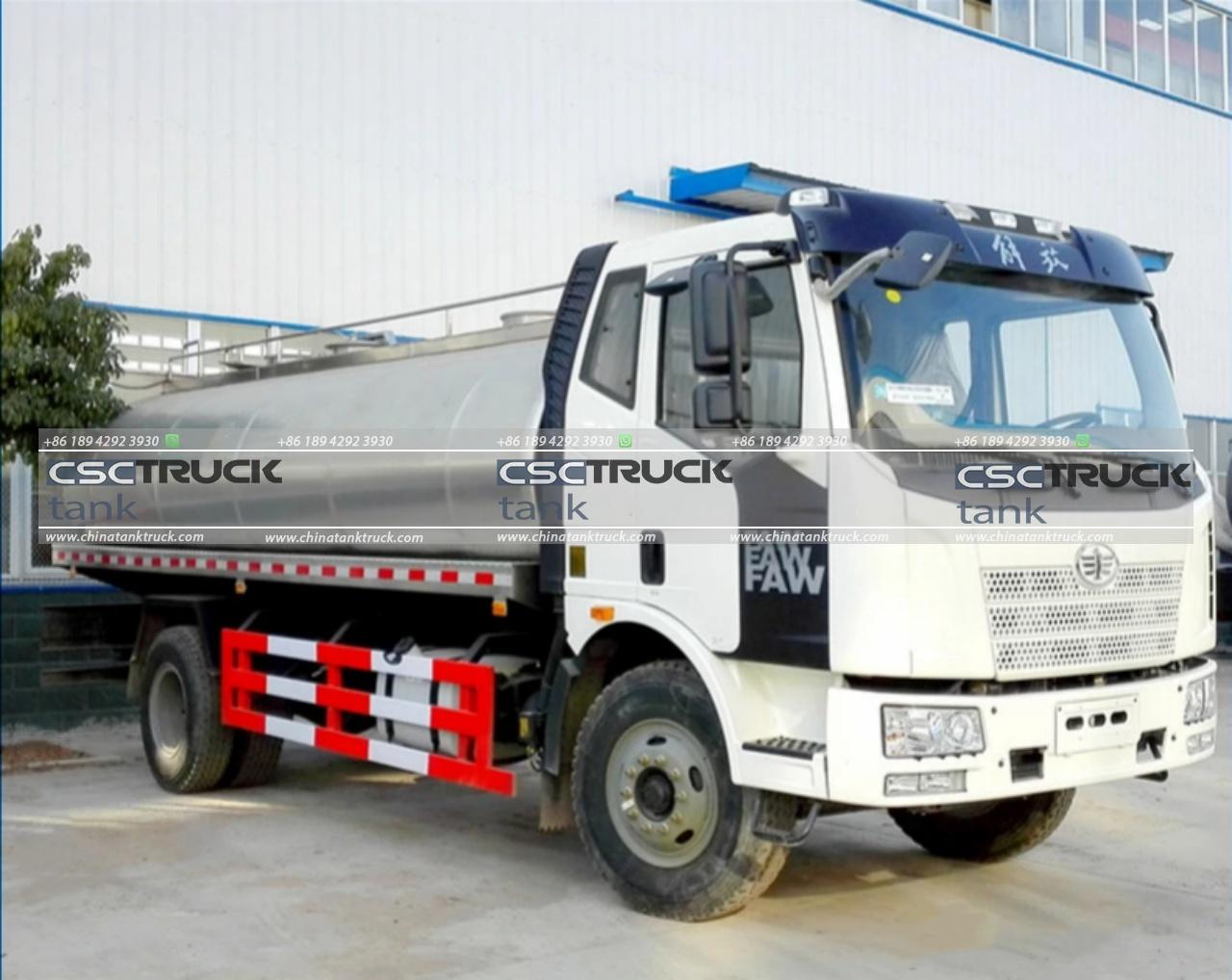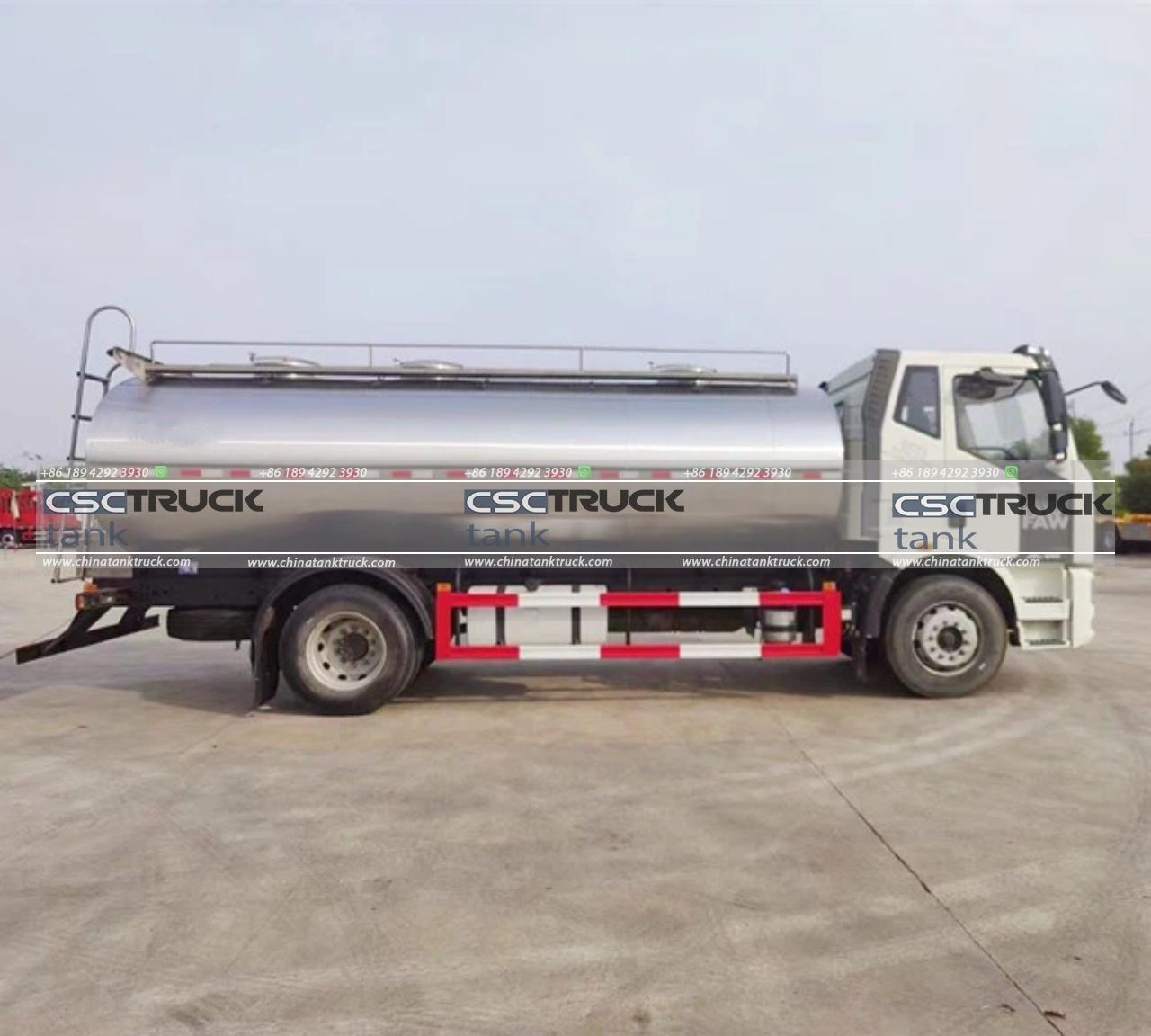Are Milk Bulk Tanks Insulated?
Milk is one of the most widely consumed beverages globally, and its production and storage are critical to ensuring quality and safety. One crucial aspect of milk storage at dairy farms and processing facilities is the use of bulk tanks, where milk is collected, cooled, and stored before it is transported to processing plants. A key question that often arises in the dairy industry and among those interested in food safety and storage technology is whether milk bulk tanks are insulated. This article delves into the details of milk bulk tanks, their design, the importance of insulation, and the role it play in maintaining milk quality.
Understanding Milk Bulk Tanks
Milk bulk tanks, also known as milk cooling tanks or milk storage tanks, are large containers used to store raw milk on farms and at processing facilities. These tanks come in various sizes, ranging from a few hundred to several thousand gallons, depending on the scale of the dairy operation. The primary function of a milk bulk tank is to cool and store milk at a constant, low temperature to prevent spoilage and maintain its quality until it can be processed further.

The Importance of Temperature Control
Temperature control is the most critical aspect of milk storage. Milk is highly perishable, and if it is not stored at the correct temperature, it can spoil rapidly due to bacterial growth. The ideal storage temperature for raw milk is between 34°F and 38°F (1°C to 3°C). At this temperature range, bacterial activity is significantly slowed, which helps in preserving the milk’s freshness and safety for consumption.
Maintaining this low temperature consistently is crucial, especially since milk is often stored in bulk tanks for several hours or even days before being transported to a processing facility. This is where the design and construction of milk bulk tanks become vital.
The Role of Insulation in Milk Bulk Tanks
To ensure that milk remains at the desired temperature, milk bulk tanks are indeed insulated. Insulation is a critical component of these tanks, designed to minimize heat exchange between the milk inside the tank and the external environment. Without proper insulation, the milk’s temperature could rise, leading to increased bacterial growth and potential spoilage.

How Insulation Works
Insulation in milk bulk tanks works by providing a barrier that reduces the transfer of heat. The most common types of insulation used in these tanks are polyurethane foam, fiberglass, or stainless steel with an insulating layer. Polyurethane foam is particularly favored due to its excellent thermal insulation properties, lightweight nature, and durability.
The insulation is typically applied between the inner wall (which comes in direct contact with the milk) and the outer wall of the tank. This design ensures that the milk remains cold, even if the temperature outside the tank fluctuates. For instance, on a hot summer day, the insulation prevents the external heat from raising the milk’s temperature, thus protecting its quality.
Benefits of Insulated Milk Bulk Tanks
Insulated milk bulk tanks offer several significant benefits, which are crucial for dairy farmers and processors alike:
1. Preservation of Milk Quality: Insulation helps in maintaining a stable, low temperature inside the tank, which is essential for preserving the milk’s freshness and quality. By preventing temperature fluctuations, insulation reduces the risk of bacterial growth, which can lead to spoilage.
2. Energy Efficiency: Insulated tanks are more energy-efficient because they require less energy to maintain the desired low temperature. The insulation reduces the amount of work the cooling system has to do, leading to lower energy consumption and cost savings for dairy farmers.
3. Extended Storage Time: With proper insulation, milk can be stored for longer periods without compromising its quality. This is particularly important in large dairy operations where milk may need to be stored for extended periods before transportation.
4. Compliance with Regulatory Standards: In many regions, dairy farms and processing facilities are required to adhere to strict regulations regarding milk storage temperatures. Insulated tanks help ensure compliance with these standards, reducing the risk of penalties or product recalls.

Design Considerations for Insulated Milk Bulk Tanks
The design of insulated milk bulk tanks is critical to their effectiveness. Several factors are considered when designing these tanks:
1. Tank Size: The size of the tank will determine the amount of insulation needed. Larger tanks require more insulation to ensure uniform cooling throughout the entire volume of milk.
2. Material Selection: The choice of materials for both the inner and outer walls of the tank is important. Stainless steel is commonly used for the inner wall due to its non-reactive nature and ease of cleaning. The outer wall can be made from stainless steel or other durable materials, with insulation sandwiched in between.
3. Insulation Thickness: The thickness of the insulation layer is a key consideration. Thicker insulation provides better thermal protection but can also increase the overall size and cost of the tank.
4. Cooling System Integration: The cooling system must be effectively integrated with the insulated tank to ensure that the milk reaches and maintains the desired temperature quickly. This often involves placing the cooling elements in direct contact with the milk or integrating them into the tank’s design.
Challenges and Innovations
While insulation in milk bulk tanks offers numerous benefits, it is not without challenges. One of the primary challenges is ensuring that the insulation remains effective over the tank’s lifespan. Insulation materials can degrade over time, reducing their effectiveness and potentially leading to temperature fluctuations.
To address this challenge, manufacturers are continuously innovating in insulation technology. New materials and construction techniques are being developed to improve the durability and efficiency of insulated milk bulk tanks. For example, vacuum insulation panels (VIPs) are an emerging technology that offers superior thermal insulation compared to traditional materials. These panels are thin and lightweight, making them ideal for use in milk bulk tanks where space and weight are considerations.

Conclusion
In conclusion, milk bulk tanks are indeed insulated, and this insulation plays a crucial role in maintaining the quality and safety of stored milk. By preventing heat exchange and ensuring consistent low temperatures, insulated tanks help preserve the freshness of milk, reduce energy consumption, and extend storage times. As the dairy industry continues to evolve, innovations in insulation technology will likely further enhance the effectiveness of these essential storage systems, ensuring that consumers receive high-quality, safe milk products.

